As a specialist in MLPE (module level power electronics) and solutions for energy storage, one of Huayu's missions is to help homeowners achieve energy independence in a safe and smart way. The best way to use domestic solar energy is to consume it 100% on site. However, there is always a mismatch between solar generation and energy consumption.
Solar power generated by an on-grid solar system during the day often cannot be fully consumed by local loads and when homeowners need electricity at night or during a power outage, the solar power supply is always absent.
Even during the day, when solar energy is available, the mismatch between generation and consumption can cause a lack or surplus of energy, forcing the owner to consume energy from the distributor or inject their surplus into the electrical grid.
In cases like those mentioned above, energy storage is essential to make generation and consumption compatible, enabling energy independence for owners of photovoltaic systems.
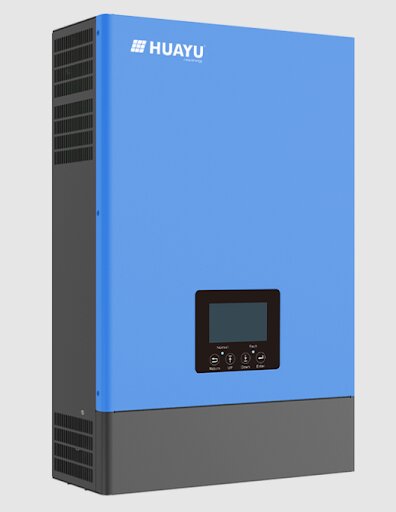
Solar energy with storage
A typical solution for Energy storage employs a bank of batteries to make the best use of energy or to maintain a continuous supply of energy in the event of grid interruption or intermittency of generation from other sources (solar or wind, for example).
The presence of a Battery bank in photovoltaic installation can help homeowners maximize self-consumption and increase energy independence, as previously stated. With intelligent control of the energy flow, the Huayu energy storage is designed to quickly and smoothly switch operating modes between on-grid, off-grid and backup.
Huayu's solution allows homeowners to optimize the use of their photovoltaic system and still have a stable backup system (for continuous power supply, even in the absence of sun) thanks to its zero export capabilities (zero export), peak shaving and UPS (uninterruptible power supply).
With the function zero export the solar system (accompanied by a bank of batteries) can store momentarily surplus energy, when solar generation is greater than local consumption. In this way, no energy is injected into the electrical grid and the stored energy can be used by the residence at other times, when solar generation is not sufficient to meet local needs.
The function peak shaving This means that consumption peaks can be met with stored energy, avoiding demand for energy from the electricity grid. Finally, the UPS function is what we know as “no break”, that is, a system capable of supplying a local load without interruptions from the energy stored in the batteries. UPS systems are classified as backup systems, as they operate when there is a lack of supply from the public electricity grid or another stable source.
Why use Huayu storage solution?
Listed below are some features that the user can obtain with the Huayu storage system.
Self-consumption
O self-consumption is when you produce electricity and use it to power your household appliances. During the day, when the solar system is generating electricity and your appliances are running, electricity flows directly from the solar system to your home's electrical outlets.
If you have a battery bank, you can store any extra energy on site rather than sending it to the grid. This way, you can get electricity directly from your battery when you need it, rather than using electricity from the grid.
Backup availability
Backup power ensures that household loads continue to operate when grid power goes out. Backup power stored in battery banks is an ideal source for home power in an area with frequent power outages.
Instead of generators powered by diesel or gasoline, the battery backup system provides safe, quiet power without the need for refueling.
Peak shaving
You can save a lot of money on your electricity bill in places where peak hour pricing exists by storing energy in batteries during off-peak hours and powering the installation with energy from the batteries during peak hours.
This is a very interesting function for installations that use the white tariff, which is a pricing system in which electricity has different prices at certain time slots. So it is a good business to store energy at the time when it is cheapest, and then use it at the time of greatest cost.
What's special about Huayu's Inmetro-certified ESS inverter?
The HYL-3000/4000/5000 line has inverters for use with batteries certified by Inmetro, prepared for self-consumption, off-grid and on-grid working modes. Up to 10 pieces of equipment can be connected in parallel to build a high-capacity, high-power storage system, reaching up to 50 kW.
The inverters in this line, in addition to connecting to batteries, have inputs for photovoltaic systems with an operating voltage range of 100 V to 385 V, with an input current of 13 A (compatible with high power modules). Furthermore, the inverters also have inputs for an alternative power source (a diesel generator, for example), if this feature is necessary in the installation.
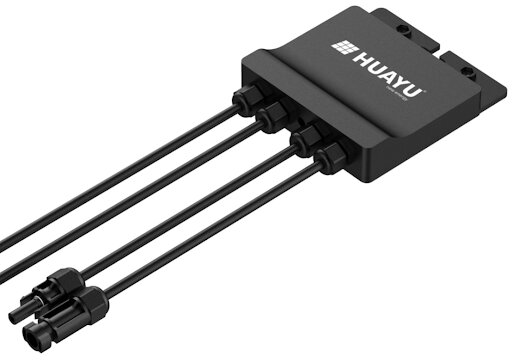
Huayu Rapid Power Off (RSD) feature for storage systems
Huayu inverters are prepared to operate with the RSD system (rapid shutdown – quick shutdown), which is optional. Rapid shutdown (or simply RSD, as it is known in technical circles) is a feature that is already becoming mandatory in some countries. In Brazil this obligation does not yet exist, but photovoltaic systems equipped with RSD benefit from maximum fire safety thanks to the resource.
RSD systems are based on the use of rapid shutdown devices associated with photovoltaic modules. These devices look like microinverters or optimizers, but their function is solely to implement the shutdown feature commanded by a communication channel. In addition to their main function, RSD devices can incorporate features for monitoring module generation.
RSD devices coupled to photovoltaic modules are not used to produce energy, that is, they are not microinverters or power optimizers (despite being physically similar). Its function is to provide individual shutdown of each photovoltaic module in the system in the event of anomalies.
The most dangerous anomaly in photovoltaic systems is the occurrence of an electric arc, which can cause a fire if not extinguished quickly. The arc can be extinguished by quickly switching off the photovoltaic modules.
Module-level rapid shutdown devices are essential when we really consider safety for installers on rooftops, for firefighters near rooftops, and for our family members under rooftops!
Furthermore, RSD devices allow monitoring of module operational data. This data can be viewed, together with the operational data of the inverters, on Huayu's exclusive monitoring platform available on the web or through the app “Huayu Portal”.





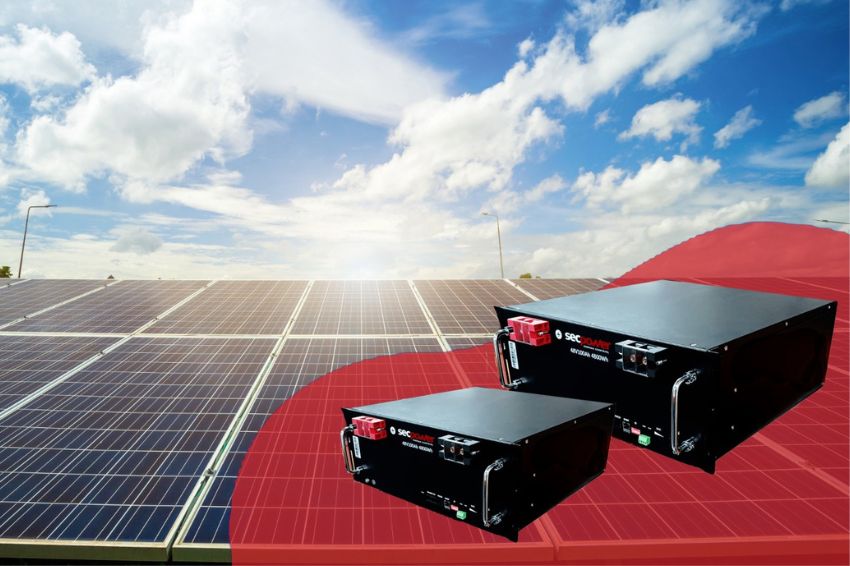

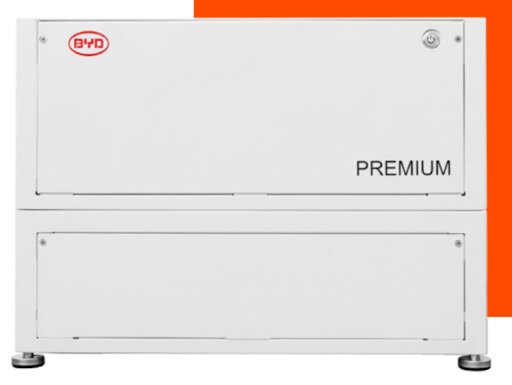
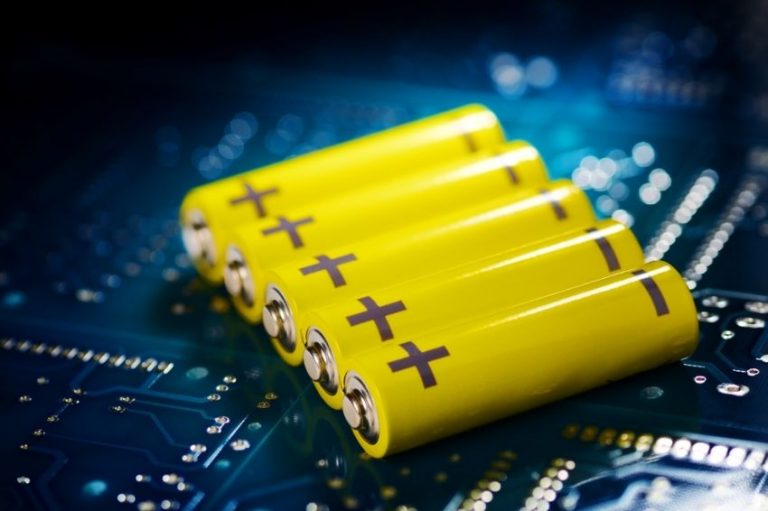







7 Responses
I would like to register as an integrator on your platform
I would like to know this better
I would like to know more about solar channel products.
I'm already interested
Hello Robson, to access the platform go to: https://m.huayu-solar.com/huayu-portal
Good morning.
I would like more information:
Technical information, videos, prices and platform link.
IT IS A VERY INTERESTING SOLUTION AND UNTIL NOW MISSING ON THE MARKET, OUR CUSTOMERS HAVE VERY OFTEN ASKED FOR A SYSTEM LIKE THIS, WHICH DOES NOT TURN OFF COMPLETELY WHEN THE DEALER'S POWER IS LACK. THIS SYSTEM COMES TO SUPPLY THIS NEED, ISN’T IT???